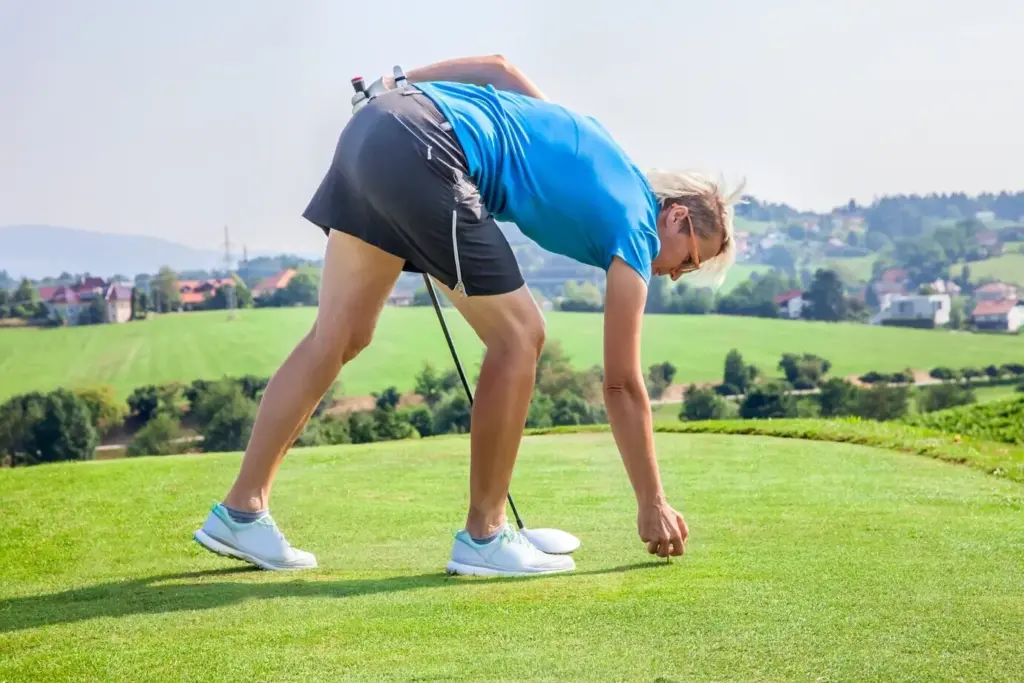Shaping Fairways, Shaping Futures
From Linksland to Living Landscapes
Reading the Land: Routing with Purpose





Greens, Tees, and Bunkers: Strategy You Can Feel
Water, Soil, and Climate: Designing for Stewardship
Irrigation Intelligence and Precision
Weather-based controllers, soil-moisture sensors, and variable-frequency pumps deliver water precisely where and when it’s needed. Zoning greens, tees, and fairways separately prevents overwatering. Drought-tolerant turf and wetting agents improve efficiency, while leak detection curbs loss. Hand-watering hot spots replaces blanket cycles. Auditing distribution uniformity reveals hidden inefficiencies. The result is firmer conditions, healthier plants, and meaningful savings that free budgets for habitat projects, equipment upgrades, and community programming.
Stormwater as Opportunity
Swales, rain gardens, and constructed wetlands turn runoff into a resource by slowing flow, filtering sediments, and feeding aquifers. Detention features can double as strategic hazards without compromising safety. Biofilters and vegetated buffers protect streams and lakes, enhancing water clarity and wildlife suitability. Thoughtful grading keeps floodways open and reduces downstream surges. Engaging local watershed groups builds credibility and provides monitoring data that validates good design and adaptive maintenance practices.
Soils, Carbon, and Living Roots
Healthy soils balance structure, organic matter, and biology. Aeration, topdressing, and compost inputs improve infiltration and resilience, reducing reliance on chemicals. Returning clippings to fairways cycles nutrients. Selecting turf that thrives locally cuts fertilizer needs and mowing hours, lowering fuel use and emissions. Carefully placed sand capping may enhance drainage but should respect native horizons. Over time, stable, living soils yield firmer lies, truer bounces, and lower operational stress.
Habitats and Biodiversity: Making Room for Life
Native Planting and Gentle Transitions
Wildlife Corridors and Quiet Sanctuaries
Reducing Chemicals through Smarter Practices
Inclusive Play and Flexible Loops
Tools, Mapping, and Better Decisions
All Rights Reserved.